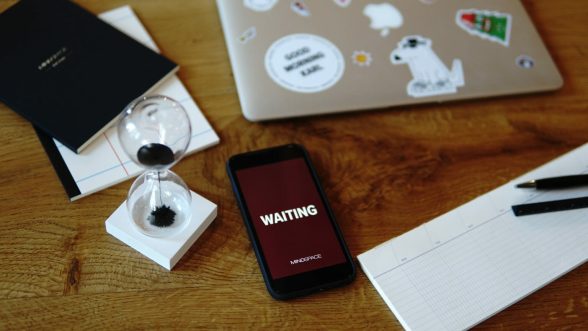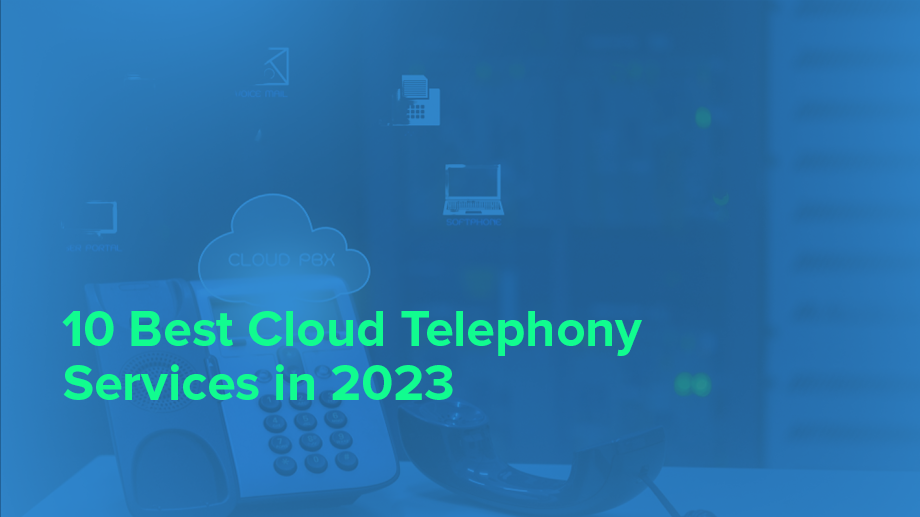- Resources
- Redirect Call Queues to Voice Mail for better customer experience
Redirect Call Queues to Voice Mail for better customer experience

This article shows you how to redirect your inbound calls to voice mails for better customer experience and call queue management.
Recently, we setup COVID19 helplines for the Government of Punjab and Andhra Pradesh. One of the key features was allowing callers to leave a voice mail. The reason for using this feature was to manage the expected deluge of calls efficently yet senstively. The project was a success. Hundreds of calls were fielded by the IVR. People dropped voice mails with multiple queries which allowed the call center to priortise and streamline their responses.
Voice mail is an especially useful feature for inbound call centers that are facing high call volumes or are understaffed. Many call centers who may have recently switched to remote working during lockdowns may find that even with all their staff working, their service levels are dropping. This may be because their work-from-home agents may face network problems.
In all such cases, you can redirect your calls to a voice mail. This reassures the caller that their voice has been heard, and most importantly it reduces the time they wait on call queues.
How to redirect calls to your voice mail
Here is an ideal call flow for redirecting calls to your voice mails in a way that improves customer experience.
Step 1: Caller dials on your Helpline or Virtual number (DID)
Caller dials your toll-free number or helpline number that you publish. This number could be your toll free number, your landline number, or a virtual number. You can mainitain seperate numbers for seperate campaigns, in order to track the effectiveness of each campaign.
(Also Read: What are virtual or DID numbers?)
Step 2: IVR plays your pre-recorded welcome message
The IVR gives your caller various options. This allows them to select a department they would like to speak to. At this stage, they can even be given self-service options on your IVR. For example, in the case of our COVID 19 helplines, callers can choose to listen to pre-recorded answers to FAQs. Or in the case of another logistics client, they can interact with the IVR to get the status of their delivery.
(Also read: How to set up self service IVR)
Step 3: Skill-based routing quickly connects the caller to the right agent
You have the option of configuring skill-based routing based on client requirements. Your Cloud Call Center solution can identify the “next free agent” within a particular skill, and if the agent is available, it will connect to the agent.
(Also read: What is Skill Routing?)
Step 4: If an agent is not available, then the system places the caller in Queue
If all your agents are busy, the system puts the caller in queue. The caller can listen to hold music or pre-recorded messages.
Step 5: Set your call queue threshold
You can set a threshold for how long you would like the caller to wait in the queue. Let’s say 45 seconds or even 1 minute. Remember, callers do not like waiting in queues, so to ensure better customer experience, keep it short.
Step 6: Divert the call to voice mail
When the caller waits in queue for more than the set time, s/he automatically gets rerouted to your voice mail. Typically an IVR will play a message such as “All our Agents are busy, please leave your message after the beep..” The caller can record their message and then disconnect the call. Even if the caller does not leave any message, the sytem will record the caller’s phone number, allowing you to schedule a callback.
Step 7: Get alerted
After callers leave a message, the system can send alerts to Agents or Supervisors whenever there is a new voice mail. Or Supervisors can see their new voice mails within the Reports section.
Conclusion
Customers are people too. They understand when you are overworked and by offering them an option of voice mail, they appreciate that you value their time. Of course, to ensure a great customer experience you need to ensure that the callback takes place promptly. Some of our clients use automated dialers to ensure that callbacks take place as soon as an agent is free.
Read a case study on managing prompt callbacks here.
Or download our ebook on auto-dialers to learn how to automate your callbacks.
Or contact us for a demo of the perfect inbound call center.
Image Credits: Photo by Mindspace Studio on Unsplash.







